On Brooke DiDonato’s Uncanny Aesthetics
Art askew.
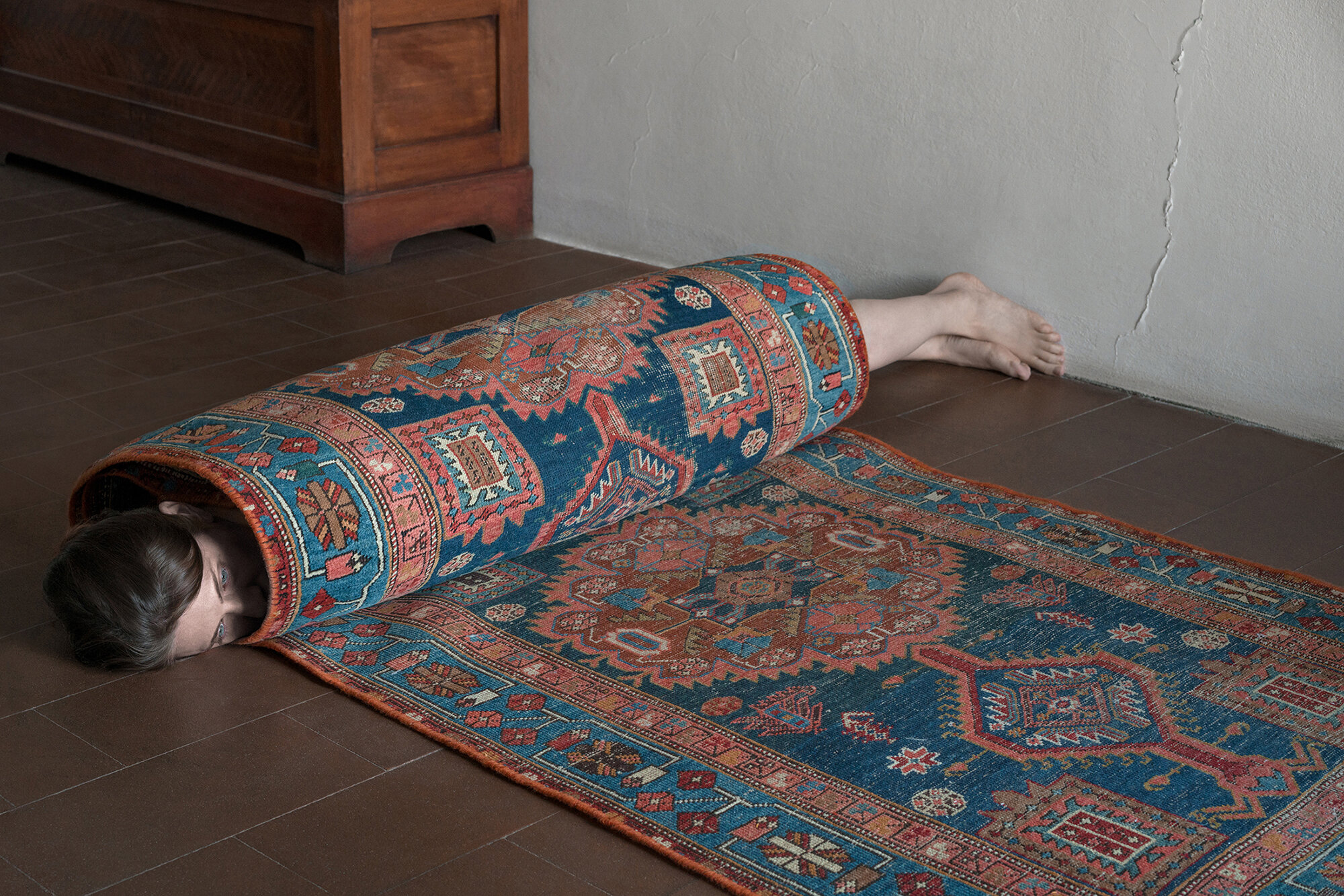
What is it to be given pause? Think about the last time you walked through a gallery, mind open. A piece, perhaps by Velazquez or Picasso, catches your eye—the way the body is depicted, strewn, affecting an emotion that is at once recognizable as potent yet indescribable. Life considered, condensed, and projected—distilled. It is the unique ability of art to stop us in our tracks and contemplate a view of something familiar in a completely different register.
The affect (a gift of the galleries) relies on a familiar ground, like religious tableau or a rustic scene enlivened. If the world of Instagram, of scenic vistas squared, is the norm for some—then it would make sense that a new generation of artist would use this space to give us pause. Brooke DiDonato (@brookedidonato) is doing just that.
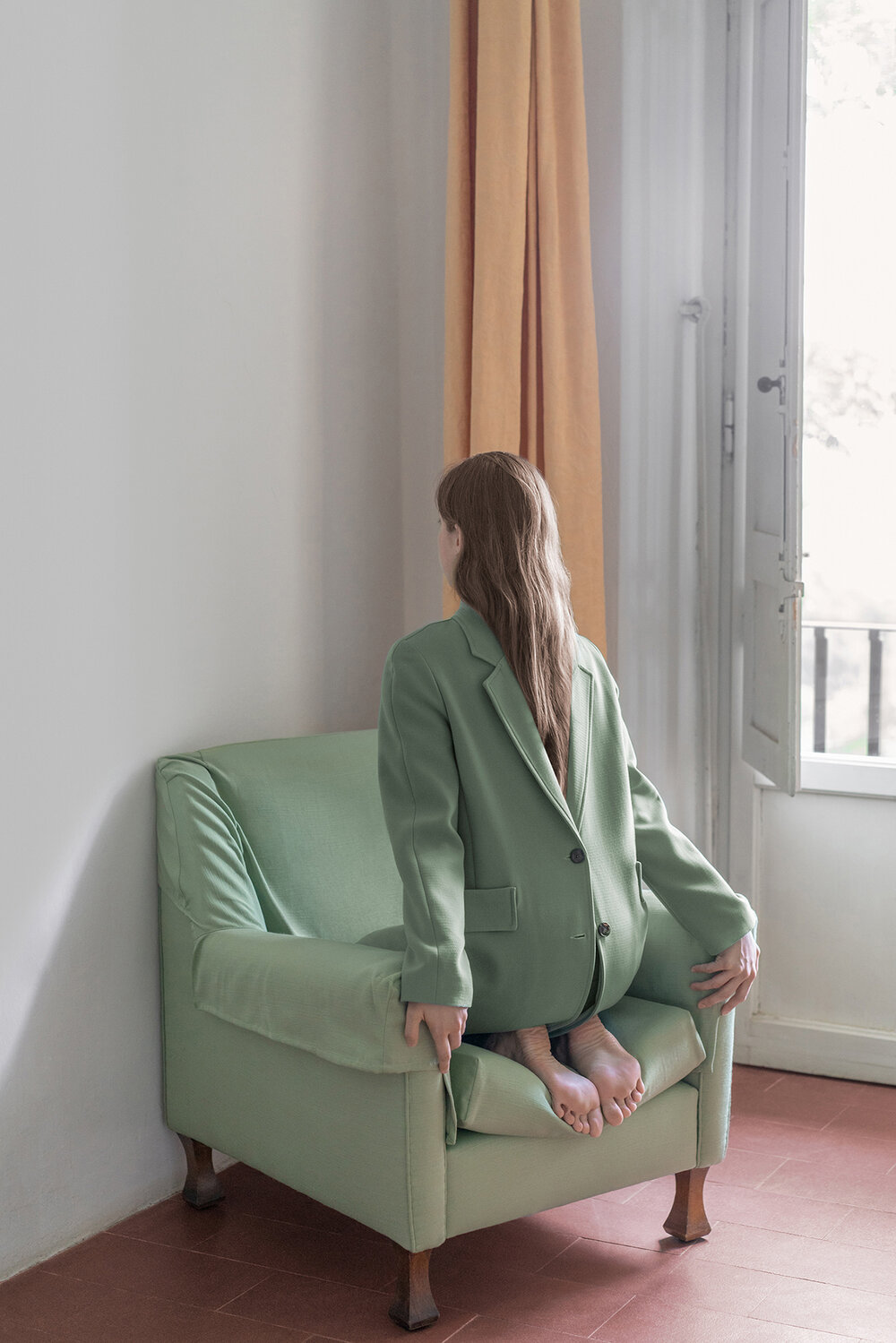
Force of Habit, 2018.
It would be unfair to say that DiDonato’s art is solely of Instagram—the Ohio-born New York–based artist and photographer has had her work shown in galleries all over the United States, permanently at the Southeast Museum of Photography, and abroad at KINDL Centre for Contemporary Art in Berlin and the Delphian Gallery in London. But for me, the impression was made on the scroll; that’s where the pause was.
Part of the reason for that is that DiDonato’s use of colour, of interior design, patterns, and nature are immaculate in the way that so many cookie-cutter Instagram shots are. But on closer examination, the scenes are interpolated with human figures in uncomfortable positions. One of her series, ironically named As Usual, depicts subjects in contorted positions, their faces often obscured. The colourful mise-en-scène punctuated by the positions seems to enhance the affects of shyness, awkwardness, and even depression evoked by the figures. The overall meaning points to the seeds of genuine subjectivity, and often suppressed states of mind, that are present in any work of art or photography.
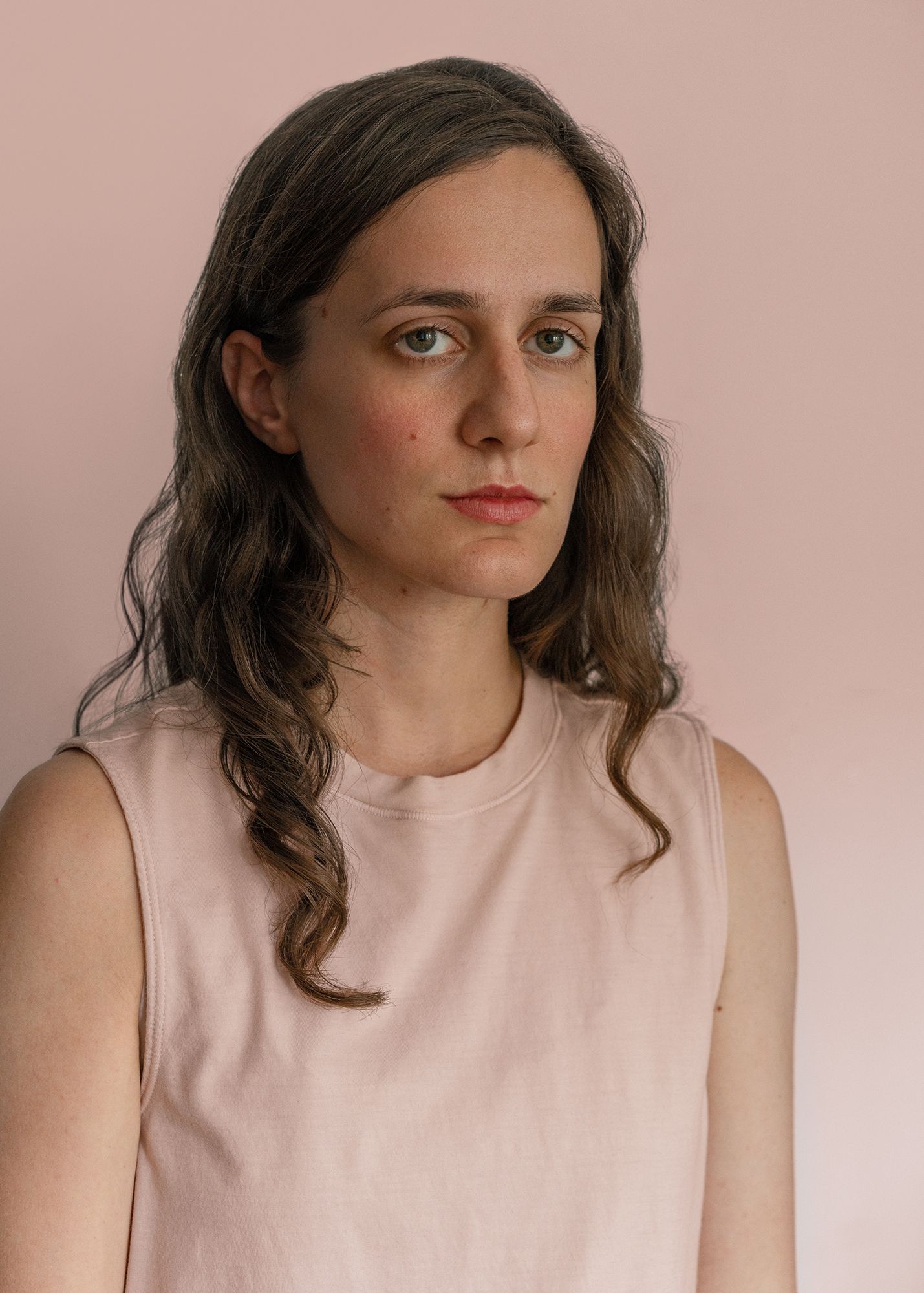
Brooke DiDonato.
“I like subverting the ordinary,” says DiDonato. “I think one of my favourite comments I’ve started receiving on my work in more recent years is, ‘I can’t figure out what’s going on here.’ I love that, because universal things like an empty field or a human body are transformed into something the viewer has to dissect a bit longer.”
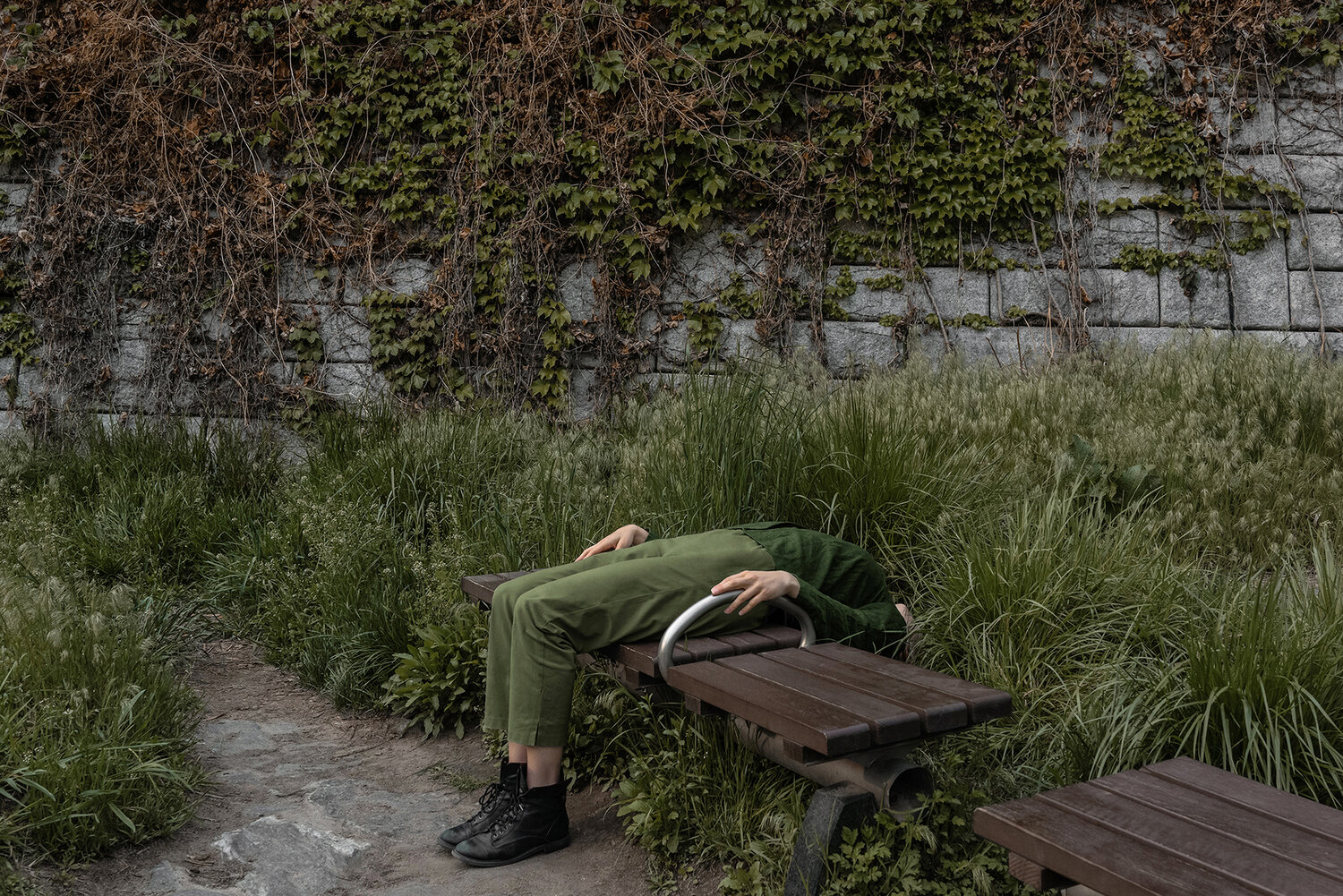
Grass Is Always Greener, 2017.
In other collections, like Blank Slate and the more recent Inside Story, DiDonato focuses more on the possibilities of contortion itself. The positions of the models express an intimacy that is not sensual, and their interaction troubles the designation “portrait.” In some, the intertwining of the bodies seems to upset the concept of individualism itself.
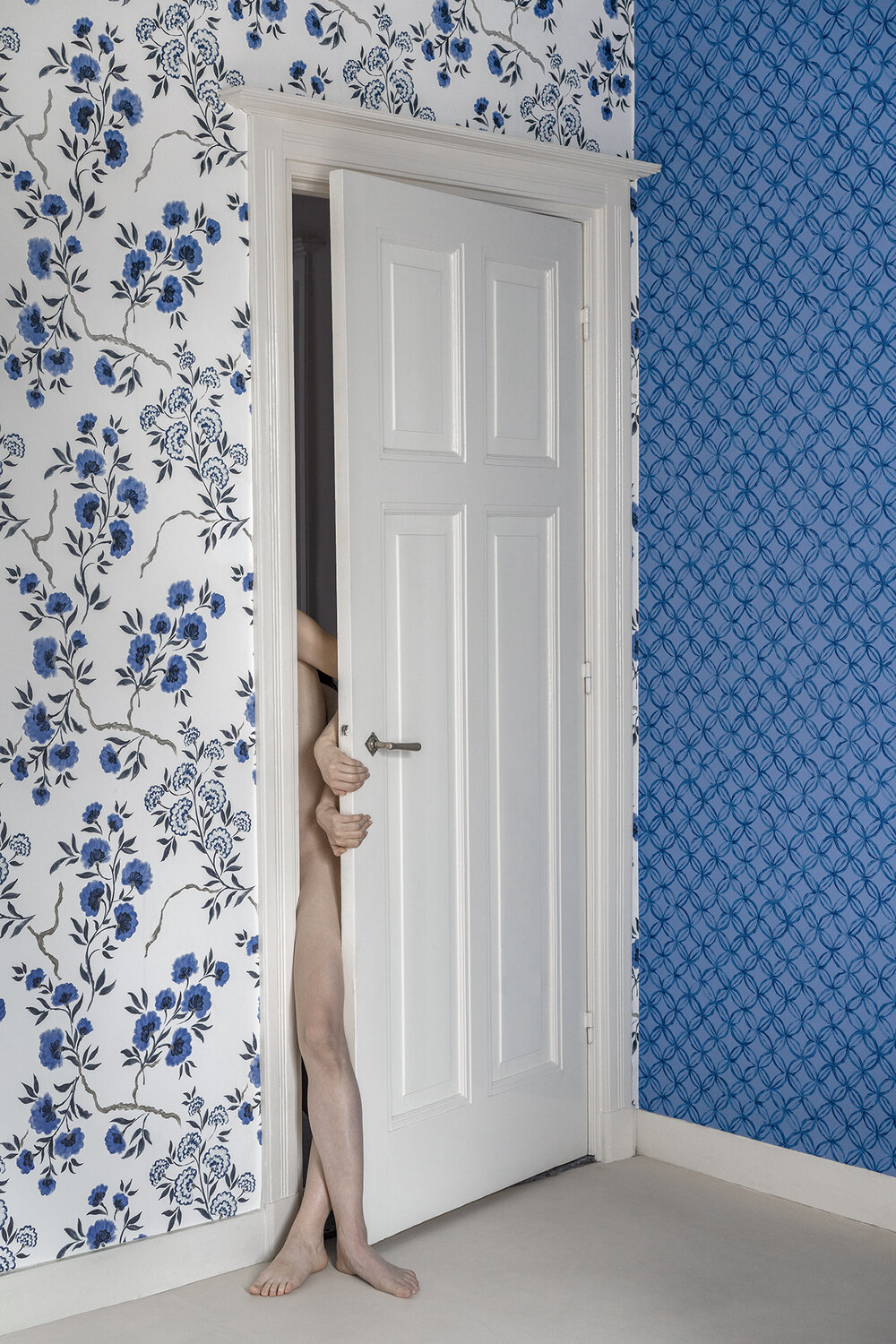
Two Sides to Every Story, 2018.
In regard to her choices and methods of position, DiDonato says: “A lot of times, I’ll have an idea in my head, and I’m thinking, ‘that’s insane, though—no one would be able to physically do that.’ Then I’ll get into studio with the people I’m photographing, and there is this sort of aha moment where I internally freak out because I realize the idea is actually going to work. Of course, sometimes the opposite occurs, too, where the people I’m working with are physically unable to do a pose or action. So that’s when the improvising happens (as well as all the funniest outtakes).”
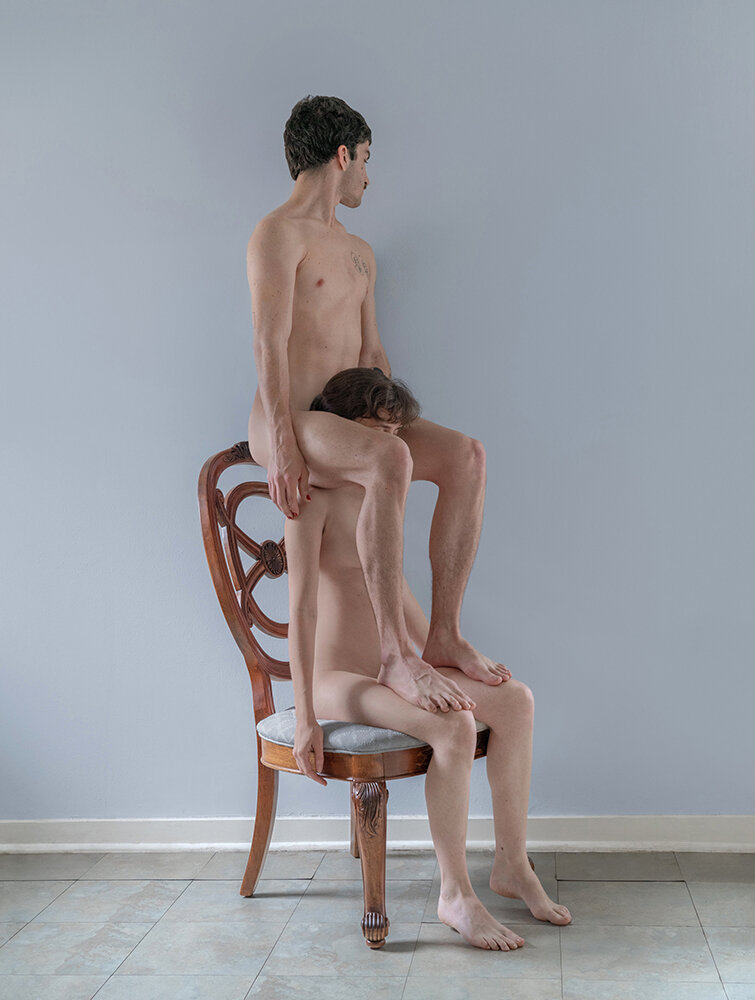
Inside Story I, 2020.
This touches on another aspect of DiDonato’s oeuvre, which is that, despite the apparent moodiness of the work, the collections are laced with a steady humour. It is a humour that looks at the body, its possibilities, and says, “Look! How strange.” In some, with a body, say, awkwardly in a storm drain or bursting through the carpet, one can’t help but laugh at how silly life can be. It is not often that “serious” art utilizes this range of emotion.
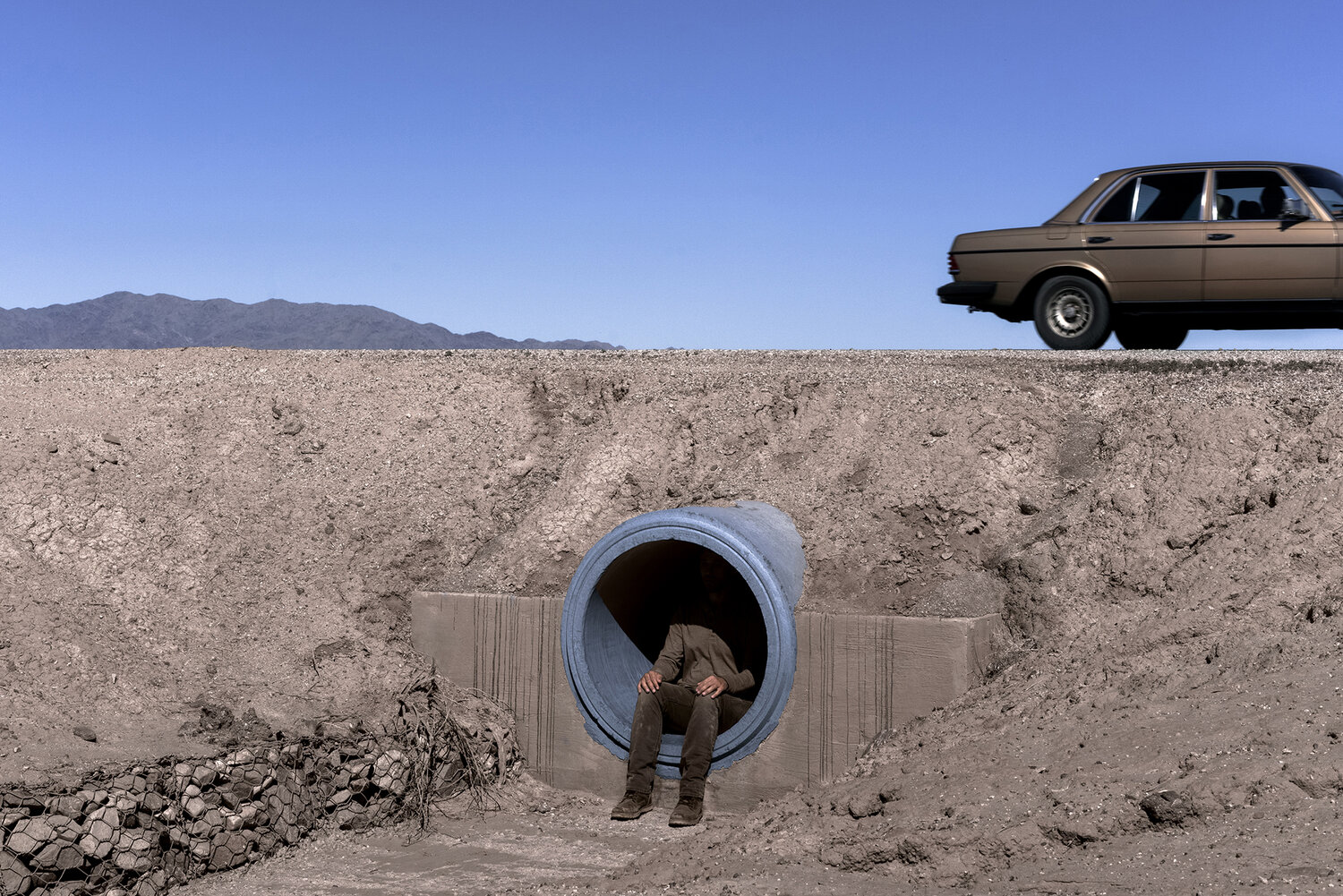
Underpass, 2017.
To task a single artist, or even a trend, with detailing emotions within the everyday sights of a public space like Instagram may be too much. After all, DiDonato’s photography and use of colour show an expert eye, but we would do well to sit in the pause that they give us. Not being able to figure something out immediately may be a very good thing indeed.
________
Never miss a story. Sign up for NUVO’s weekly newsletter here.




